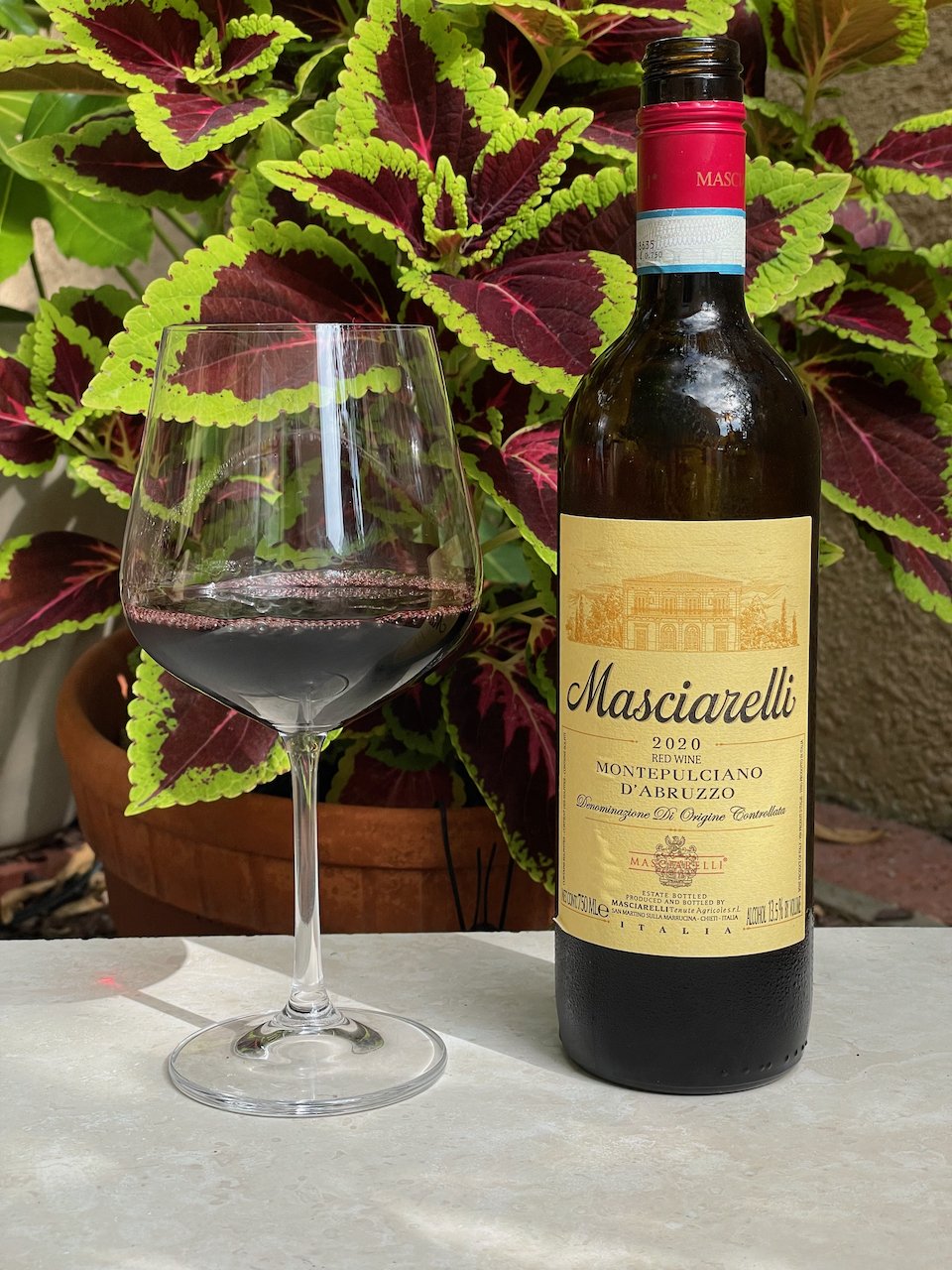Photo by Ginny Rose Stewart on Unsplash
I recently came across a piece that asked the question “Can you buy good wine at the grocery store?”
The answer included the statement that you are only going to find mass-produced wines in a grocery store. And, the bottom line was that these mass-produced wines really aren’t that good.
I beg to differ.
First, I will agree that a very high percentage of wines on grocery store shelfs are from large wineries that produce large numbers of cases of wine such that they can distribute. But, where I disagree is that “mass-produced” wine aren’t that good.
Grocery stores, like most retails, will generally stock their shelfs with their best products either on the top shelf or at eye-level. The other stuff goes at knee-level or ankle-level. This too is true for wines on grocery shelfs.
So, sure, the stuff down around your ankles is going to be very inexpensive and probably quite ordinary. But look mid-shelf and upper-shelf and you are going to find some nice wine. Top-of-the-line connoisseur wine? No. But it’s going to be good wine. And maye even some very good wine!
The grocery store is actually one of the best ways to get your start in wines. There’s great selection, affordable prices and no pressure. So, explore the wine isle. Choose wines that are different. And, find out what’s Behind the Cork™. Cheers!






